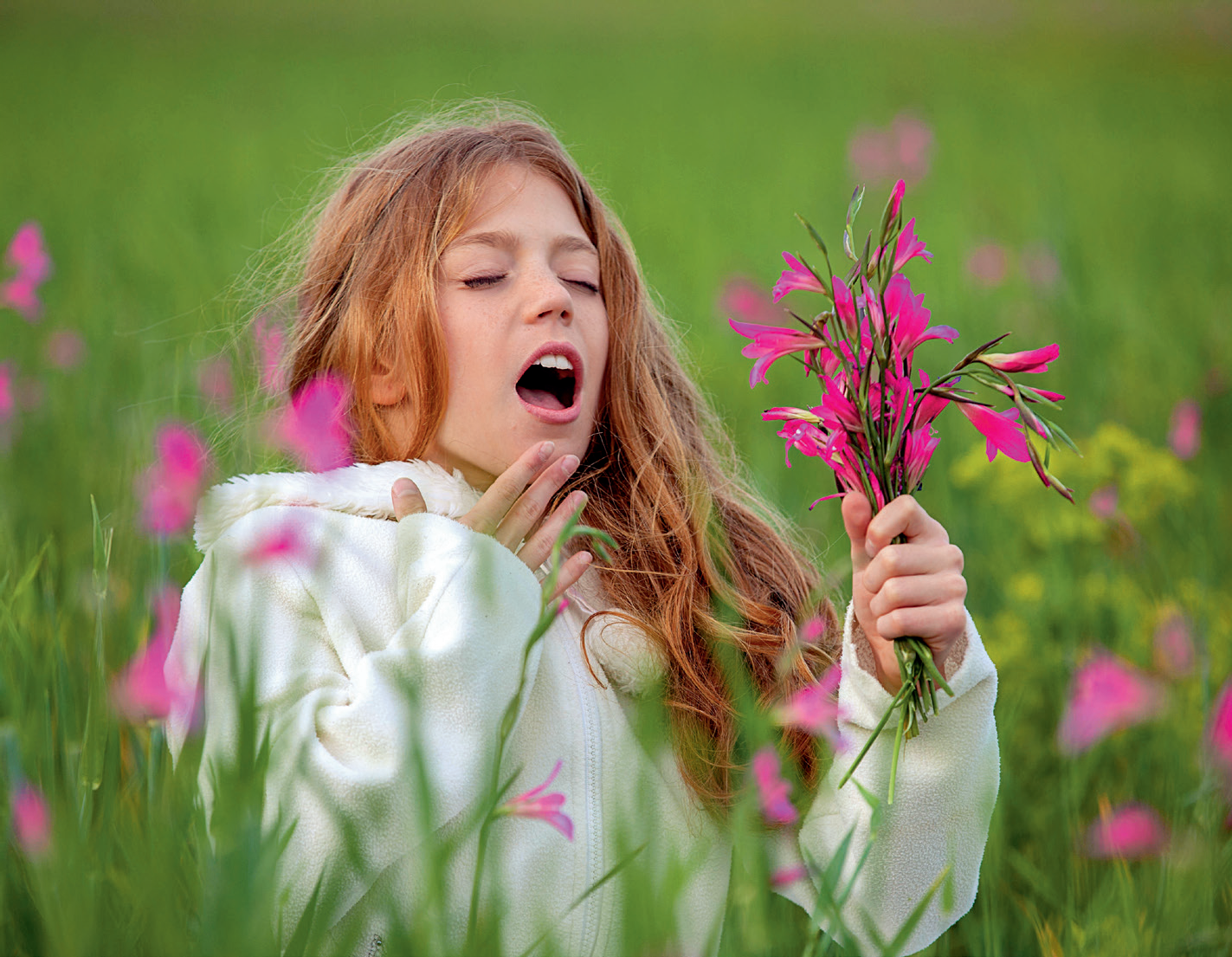|
Every spring, the snot and tears of the "allergy sufferers" are more than those of the spring rain. But do you know? The real allergens are not entomophilous flowers like cherry blossoms and peach blossoms, but the pollen of wind-carrying plants such as fir, cypress, poplar and willow. These pollen particles are small and numerous, and can be carried by the wind for tens of kilometers. In severe cases, they can even cause systemic allergic reactions.

I. What is pollen allergy
.png)
Pollen allergy is a disease caused by the excessive reaction of the human immune system to foreign proteins (allergens) contained in pollen. Its core mechanism is that the body wrongly identifies harmless antigens (allergens) as threats and triggers abnormal immune responses. Allergic reactions occur only when people with allergic constitutions come into contact with certain pollens.
.png)
First of all, it is necessary to clarify the causes of pollen allergy. Japan has conducted in-depth research in this area. The above picture is a summary and analysis of the main pollen allergens such as fir and cypress. Because they are deeply affected by them, the symptoms of pollen allergy in Japan are very numerous. Data shows that 38% of people suffer from pollen allergy. From February to May, when pollen is flying, the streets are filled with pedestrians wearing masks when going out to isolate pollen.
2. The "three-dimensional Four-dimensional attack" symptoms of pollen allergy

So, the symptoms of pollen allergy and a cold are quite similar.
Then how can one distinguish pollen allergy from a cold?
Pollen allergy rarely causes fever and is usually not accompanied by cold symptoms such as fatigue, chills or listlessness. It has a relatively obvious temporal or situational nature and will occur in a specific season. Then we should consider that it might be an allergy rather than a "cold".
3. Coping Plans for Pollen Allergy

Wearing a mask can to some extent prevent or reduce direct inhalation of pollen, but it is powerless against the secondary dispersion of potentially more harmful pollen.
What is secondary pollen dispersion?
We inevitably need to engage in outdoor activities. At this time, a large amount of invisible pollen falls on the clothes we are wearing. As we enter the room and make a few movements, these pollen will disperse again, not only affecting ourselves who have taken off the mask, but also affecting our family members.
The textiles treated with the anti-allergy finishing agent successfully developed by our company can effectively reduce the allergenicity of pollen allergens. The following are the anti-allergy properties of the anti-allergy treated fabrics:
.png)
According to the requirements of ISO 4333, after being washed 10 times, anti-allergy textiles still have excellent anti-allergy performance.
The following are the anti-allergy finishing agents of our company:
.png)
Users with product development needs are welcome to contact our company at any time!
|